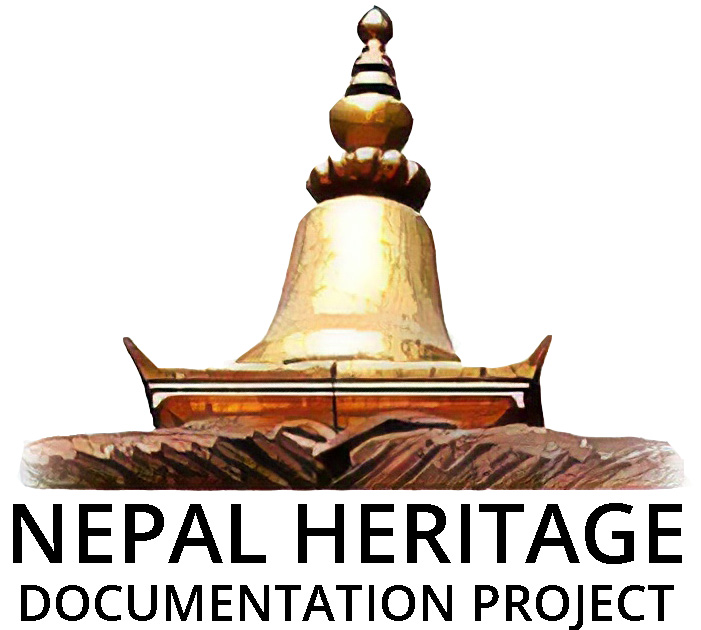Mahālakṣmī Temple, Balambu

Situated at the western end of the Kathmandu Valley, Balambu is a small town of cultural and historical importance. At the centre of the town stands Mahālakṣmī Temple, the largest monument of Balambu. There are no records to date the initial construction of the temple, however, its art and architecture suggests that the temple was built during the later medieval period (ca. 1483-1768 CE). Also known as pīṭha (abode) of Goddess Mahālakṣmī, the two-tiered temple has three entrances with the main entrance on the southern side. Nāsaḥ Chẽ (BAL0002) stands in front (south) of the temple with Mahālakṣmī Dyaḥchẽ (BAL0003) to the southwest and Taḥdhaṃ Phalcā (BAL4001) to the north. The sanctum of Mahālakṣmī Temple houses a stone statue of Mahālakṣmī along with aniconic stones. A stone toraṇa, on which the aṣṭamātṛkās (Eight Mother Goddesses) are depicted, is installed above the main entrance that is guarded by a pair of stone lions. The struts contain carvings of the aṣṭamātṛkā deities and Bhairava. Although pīṭha shrines are usually rectangular, Mahālakṣmī Temple is a square structure raised on a ingle plinth.
The annual procession of Mahālakṣmī, one of the most important social and religious events of the Balambu area, begins on the eighth of the bright fortnight of Kārtika. The deity is carried around the town on a palanquin for three days. Though the Dyaḥ Khalaḥ clan of the Maharjanas of Balambu is mainly responsible for making all arrangements for the procession, many residents participate, celebrate additional rituals and join in a communal feasts.
For more information about Mahālakṣmī Mandira, please visit DANAM.
